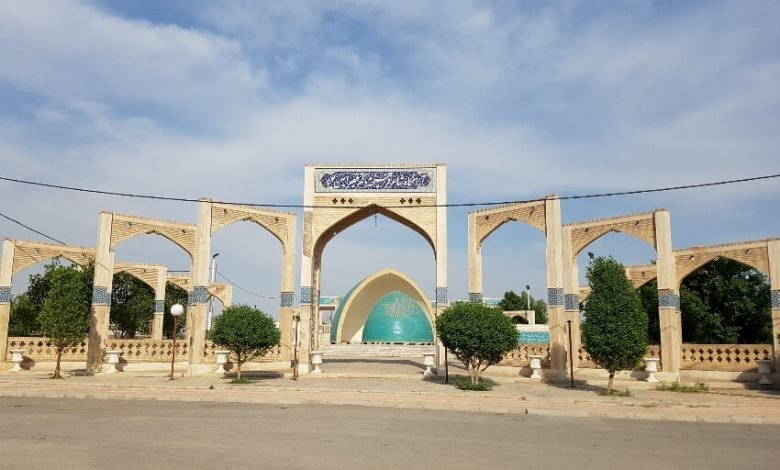Khuzestan to boost literary tourism

TEHRAN – The tourism authorities of the southwestern Khuzestan province plan to develop literary tourism, the deputy provincial tourism chief has said.
Even though Khuzestan province has countless capacities, literary tourism is still a lesser-known branch, as even it is not included in tourism or cultural tours, Peyman Nabahani explained on Friday.
The development of this branch of tourism could lead to income generation opportunities in the province and the country, the official added.
Despite Iran’s rich literature and its number of poets and writers, literary tourism has not yet received the attention it deserves, he noted.
The literary tourism destinations in the country are more or less limited to visiting the tombs of Persian poets Hafez and Sadi in Shiraz, while Iran is an exemplary country with a rich and extensive literary heritage, he mentioned.
Literary tourism is a type of cultural tourism and occurs when authors or their literature become so popular that people are drawn to either those locations associated with the author such as their birthplace, home, graveside, or those featured within their writings.
Khuzestan is home to three UNESCO World Heritage sites of Susa, Tchogha Zanbil, and Shushtar Historical Hydraulic System, yet it is a region of raw beauty that its visitors could spend weeks exploring. The province is also a cradle for handicrafts and arts whose crafters inherited from their preceding generations.
Lying at the head of the Persian Gulf and bordering Iraq on the west, Khuzestan was settled about 6000 BC by a people with affinities to the Sumerians, who came from the Zagros Mountains region. Urban centers appeared there contemporaneously with the first cities in Mesopotamia in the 4th millennium. Khuzestan, according to Encyclopedia Britannica, came to constitute the heart of the Elamite kingdom, with Susa as its capital.
ABU/AM
